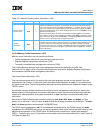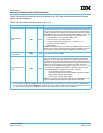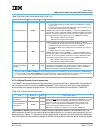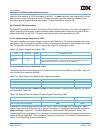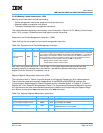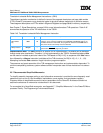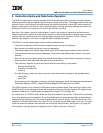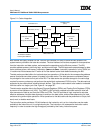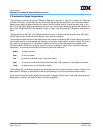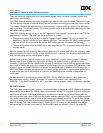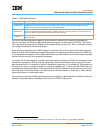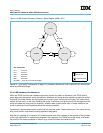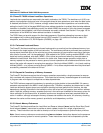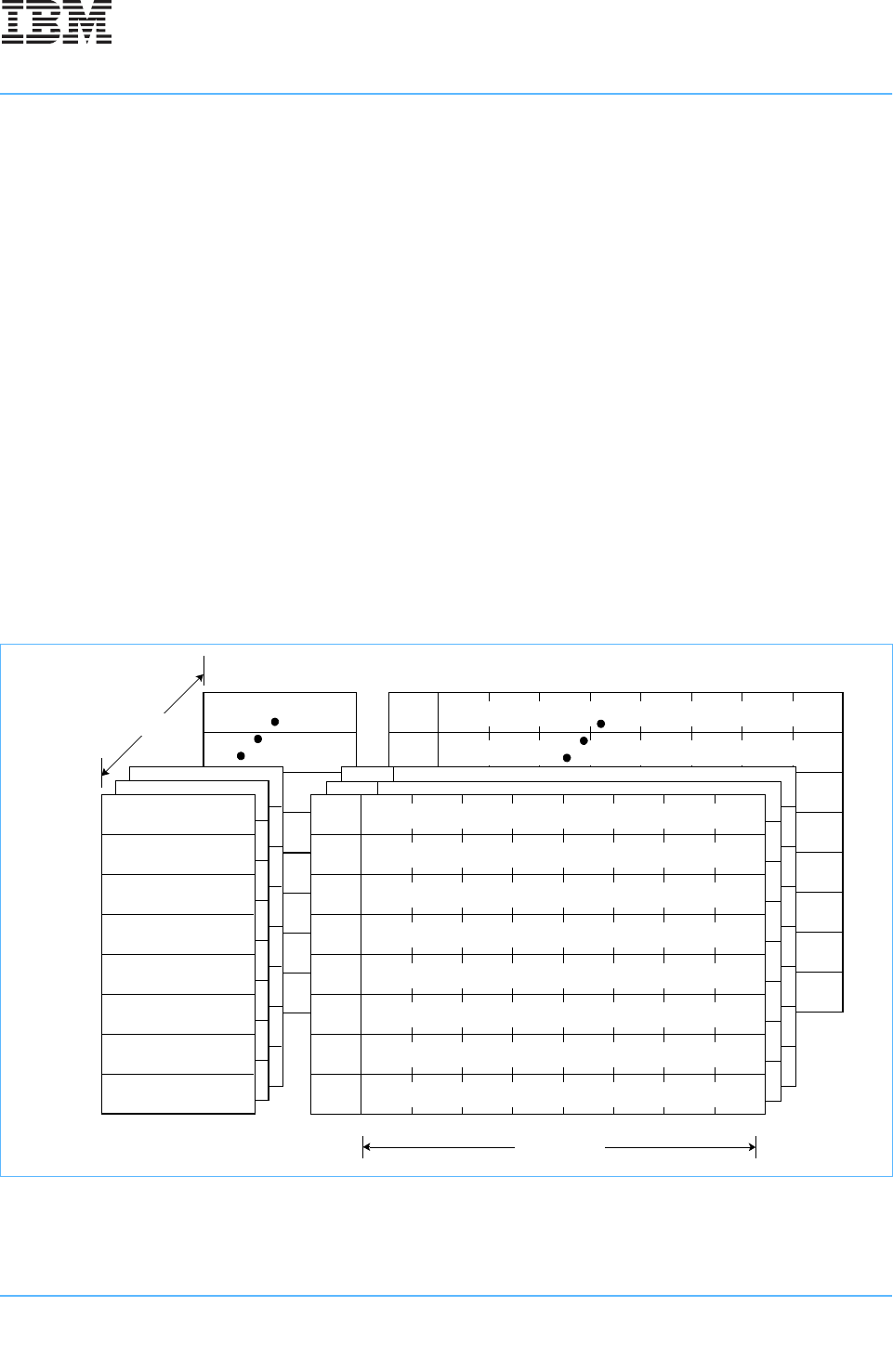
User’s Manual
IBM PowerPC 750GX and 750GL RISC Microprocessor
gx_03.fm.(1.2)
March 27, 2006
Instruction-Cache and Data-Cache Operation
Page 123 of 377
3.1 Data-Cache Organization
The data cache is organized as 128 sets of eight ways as shown in Figure 3-2. Each way consists of 32
bytes, two state bits, and an address tag. Note that in the PowerPC Architecture, the term ‘cache block,’ or
simply ‘block,’ when used in the context of cache implementations, refers to the unit of memory at which
coherency is maintained. For the 750GX, this is the 8-word (32-byte) cache line. This value might be different
for other PowerPC implementations.
Each cache block contains eight contiguous words from memory that are loaded from an 8-word boundary
(that is, bits A[27–31] of the logical (effective) addresses are zero). As a result, cache blocks are aligned with
page boundaries. Note that address bits A[20–26] provide the index to select a cache set. Bits A[27–31]
select a byte within a block. The two state bits implement a 3-state MEI protocol, a coherent subset of the
standard 4-state modified/exclusive/shared/invalid (MESI) protocol. The MEI protocol is described in
Section 3.3.2 on page 126.
The tags consist of physical address bits PA[0–19]. Address translation occurs in parallel with set selection
(from A[20–26]), and the higher-order address bits (the tag bits in the cache) are physical.
The 750GX’s on-chip data-cache tags are single-ported, and load or store operations must be arbitrated with
snoop accesses to the data-cache tags. Load or store operations can be performed to the cache on the clock
cycle immediately following a snoop access if the snoop misses; snoop hits might block the data cache for
two or more cycles, depending on whether a copy-back to main memory is required.
Figure 3-2. Data-Cache Organization
8 Words/Block
128 Sets
Way 5
Way 6
Way 7
Way 4
Address Tag 4
Address Tag 5
Address Tag 6
Address Tag 7
Way 1
Way 2
Way 3
Way 0
Address Tag 0
Address Tag 1
Address Tag 2
Address Tag 3
State
State
State
Words [0–7]
State
Words [0–7]
Words [0–7]
Words [0–7]
State
State
State
Words [0–7]
State
Words [0–7]
Words [0–7]
Words [0–7]



